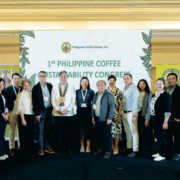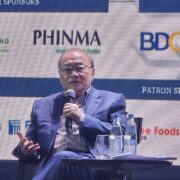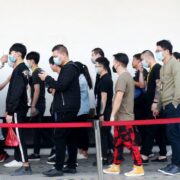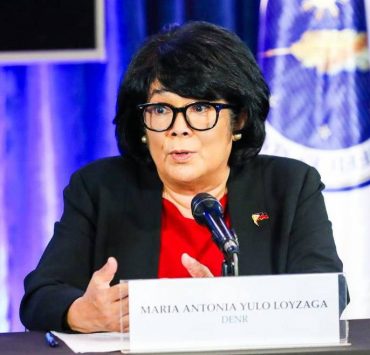PH tipped to be SE Asia growth leader
The Philippines is now expected to be the growth leader in Southeast Asia, the overall prospects for which have deteriorated over the past three months due to sluggish manufacturing activities.
On the other hand, the Asian Development Bank’s (ADB) update of its Asian Development Outlook released on Wednesday showed that developing Asian economies overall are now expected to grow by 4.9 percent in 2023 thanks to improved expectations in China and India.This is faster compared to the forecast of 4.7 percent made in September. Meanwhile, the outlook for next year is maintained at 4.8 percent.
For the Philippines alone, the 2023 growth rate forecast is kept at 5.7 percent.
This makes the Philippines the top performer as the outlook for Vietnam was lowered to 5.2 percent from 5.8 percent.
The revised outlook for Vietnam mirrors that for the Southeast Asian region, which was dialed down to 4.3 percent from 4.6 percent.
The ADB said upgrades for China (5.2 percent from 4.9 percent) and India to 6.7 percent more than offset a lowering of the forecast for Southeast Asia, caused by lackluster performance in the manufacturing sector.“Developing Asia continues to grow at a robust pace, despite a challenging global environment,” ADB chief economist Albert Park said in a statement.
“Inflation in the region is also gradually coming under control,” Park said. “Still, risks remain, from elevated global interest rates to climate events such as El Niño.”
He added that governments in Asia and the Pacific need to remain vigilant to ensure that their economies are resilient, and that growth is sustainable.
Further, the ADB said risks that its latest outlook may not come to pass are coming from persistently high interest rates in the United States and other advanced economies, which could contribute to financial instability in vulnerable economies in the region, especially those with high debt.
Also, posing risks to the outlook are also coming from potential supply disruptions caused by the El Niño weather pattern or the Russian invasion of Ukraine, which could rekindle inflation—especially in food and energy.Headline inflation in the Philippines slowed down for the second month in a row to settle at 4.1 percent in November, approaching the upper limit of the Bangko Sentral ng Pilipinas’ (BSP) target rate of 2 percent to 4 percent.According to the BSP, the latest monthly print was consistent with its projections that inflation will likely moderate over the near term due to easing supply-side price pressures and negative base effects.
Still, the Monetary Board deems it necessary to keep monetary policy settings sufficiently tight until a sustained downward trend in inflation becomes evident, the BSP said. INQ

















